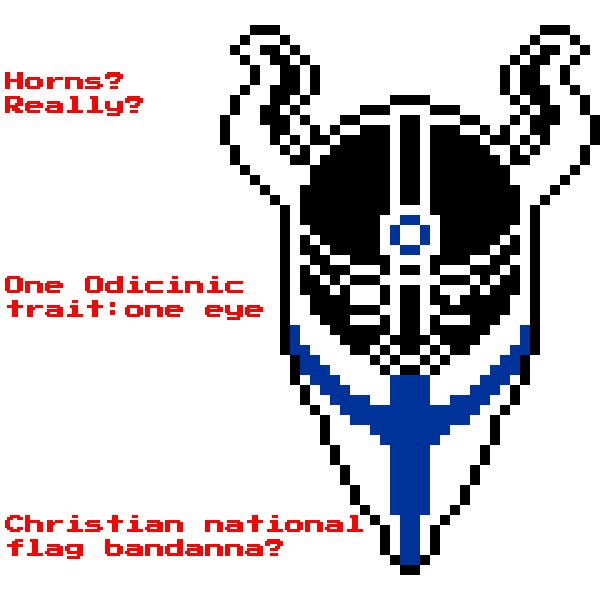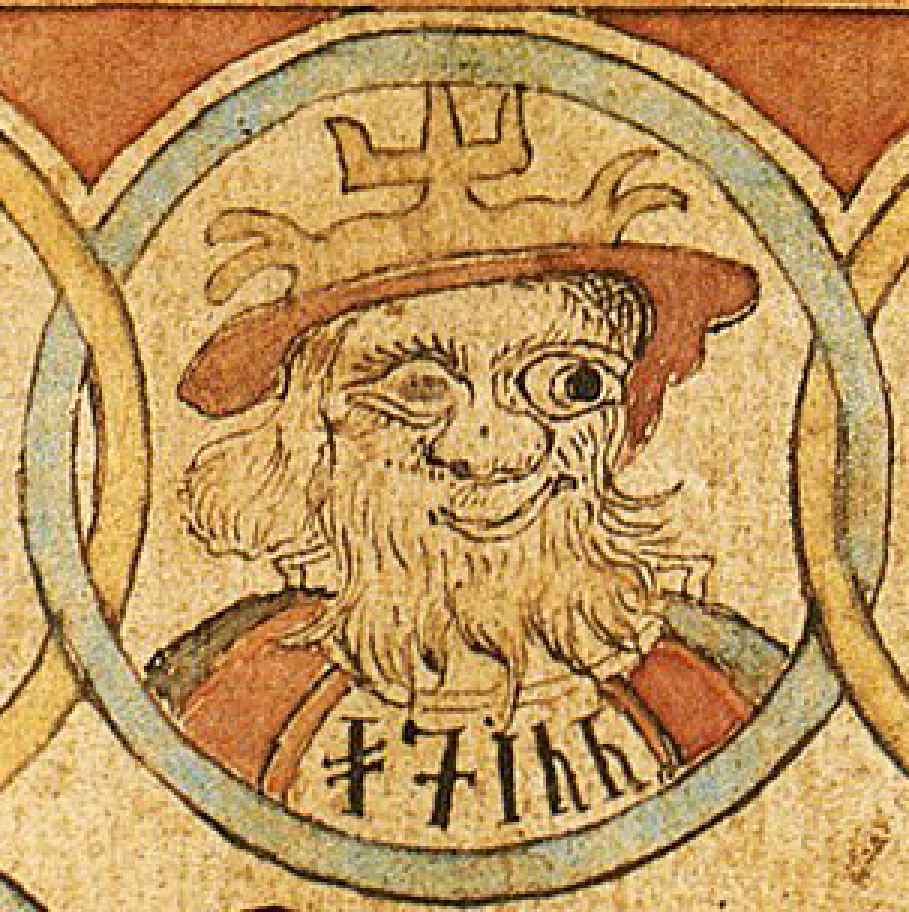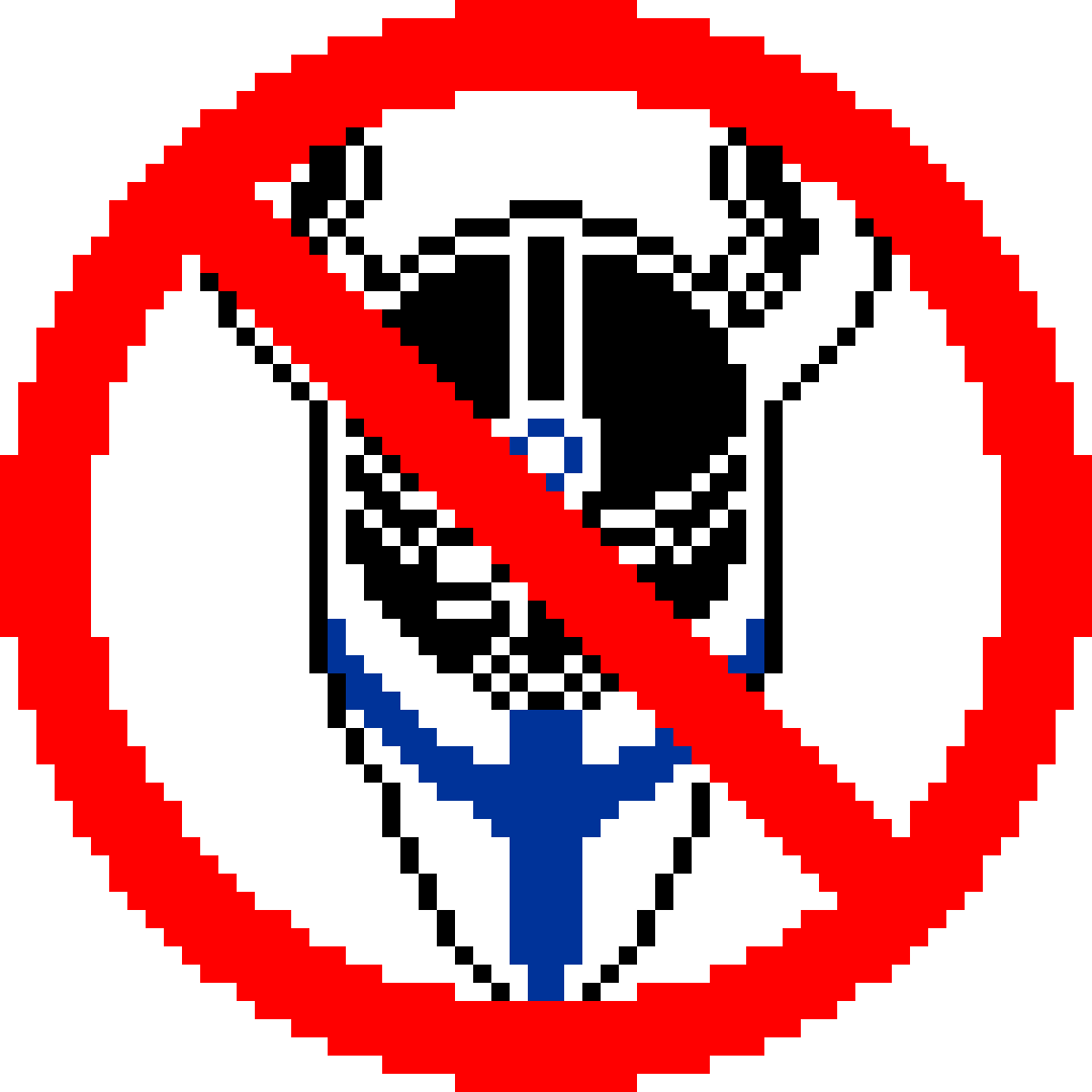Fake Vikings: the Soldiers of Odin
2021-11-26
How a far-right group
- shows that they don't know their Norse mythology
- inaccurately portrays Óðinn
- gets away with it

As a medievalist focused on Viking Age Scandinavia, I frequently have to face the history of violent far-right extremists appropriating elements of my discipline for their propaganda, imagery and talking points. In late 2015 during the European refugee crisis, in the small Northern Finnish city of Kemi, a group of precisely such violent far-right extremists led by a neo-nazi truck driver came together and decided to form a street-gang called the Soldiers of Odin . Like most street-gangs, they didn’t consider themselves a gang, but rather a network of concerned citizens organizing street patrols to bring a sense of security back into their communities. Of course, they simultaneously classified themselves as anti-refugee, anti-Islam, anti-globalization, anti-multiculturalism and anti-EU, though they insisted they were not in the least bit racist. For the next two years the Soldiers of Odin brand grew and went on to become internationally recognized, with chapters popping up across Europe and North America.
Since then their significance and place in the public consciousness has dwindled, however I think they are still worth discussing from a medievalist’s perspective – specifically with an eye on how and why far-right organizations appropriate the imagery of Viking Age paganism and how little they care about the truth behind the symbols they claim.
What's in a name?
There is some irony in a group initially centred on small-town Finland opposed to multiculturalism opting for an English language name dedicated to a foreign pagan god for their street gang – as though being anti-multiculturalism did not apply to themselves. Odin, or Óðinn, most likely was not revered in Viking Age Kemi, but the group chose to dedicate themselves to him anyway. This is a strange and telling move, as while Finnish paganism left even less of a historical footprint than Norse paganism, the group could have chosen from a whole host of named Finnish pagan gods and mythological figures, like Ukko, Tapio, Ahti or Tursas. However, the group so concerned with keeping Finland Finnish chose to define themselves through elements wholly outside Finnish culture. This choice proved to be quite the marketing boon, however, for the Soldiers of Odin brand went on to garner international recognition and popularity.
The image of Óðinn the far-right pushes is one of a dominant high-king of the gods responsible for war and death, whom the rest of the Norse gods - the Æsir - and mortals alike dutifully serve. However, like the rest of the Norse gods, Óðinn is not a straightforward character. While one of the many names he carries is Alföðr - All-Father - in most Norse myths Óðinn is not an imperious chief of the gods, but merely one among them. Decisions are mostly made by committee and Óðinn actually has quite weak authority, as in the poem Lókasenna where he cannot stop Lóki from crashing a feast and insulting all of the Æsir, until Þórr - Thor - returns and kicks Lóki out. Óðinn is not much of a military leader either; though he gathers half of those who die in battle to be his army of einherjar in the final apocalyptic battle against the giants, he does not occupy himself with defending his lands or even fighting, but rather with wandering the worlds in search of knowledge, engaging in queer seiðr magic and skulking about in disguise. The Soldiers of Odin ignore Óðinn as a god of sorcery, forbidden knowledge and poetry, which are the aspects of his character which Norse mythology best develops. Óðinn was not a popular god in the Viking Age, mostly revered by kings bent on conquest (and their court-poets), which goes against the claimed defensive motives of the Soldiers of Odin. If they knew their mythology, they would have named themselves after Þórr, who is the last line of defense of the gods against the giants, and was hugely popular amongst the general populace in Viking Age Scandinavia. Calling themselves Soldiers of Odin betrays that they have a very shallow understanding of Norse mythology.
Brand Image
As evidence for how little interest or regard the Soldiers of Odin have for the myths and genuine information concerning Óðinn, we need look no further than the group’s logo.

There is exactly one feature of this logo which identifies the character as Óðinn - he has one eye, which is consistent with the mythology as well as common depictions of Óðinn. However, the other features of the logo are glaringly un-Odinic: the horned helmet and the national flag bandanna. I had thought it was already common knowledge that vikings did not wear horned helmets, and they certainly did not imagine their deities dressing in such a manner either. Óðinn is seldom depicted in military garb, and even in much later artistic depictions, such as in 18th century illustrations he is not depicted as helmeted, but rather wearing a kind of crown-hat. He is certainly never clothed in a bandanna, much less one featuring national symbols derived from Christianity. To overlay a Viking Age pagan god with modern Christian, national symbolism is a perverse mix, as Christianity and Finland have nothing to do with Óðinn.

A portrait of Óðinn in the title page to Snorri's Edda in the 1764 Icelandic manuscript ÍB 299 4to, created by Jakob Sigurðsson. No horns, no bandanna, yes funny hat.
The Soldiers of Odin logo has much more in common with the logos of biker gangs than religious symbols - which is undoubtedly intentional; members of the Soldiers of Odin tend to have overlapping membership with two specific types of organizations: neo-nazi groups and motorcycle clubs. The Soldiers of Odin don't care about historical accuracy in their depiction of Odin - they care about what in their eyes looks cool, and these aesthetic values are reflected in the logo. This look was then easily replicated by the other Soldiers of Odin chapters around the world, each making the same mockery of Óðinn.

All of this matters to me as a medievalist, because when far-right extremists appropriate elements from Viking Age history and culture, the elements they take become associated with the far-right in the public eye. A Mjölnir pendant or a valknut tattoo cease to be just cool historical symbols when they're mostly associated with neo-nazi skinheads. Simultaneously the inaccurate versions of Norse mythology pushed by members of the far-right has more of an impact on the popular understanding of Norse mythology and Viking Age Scandinavia than the version researched by historians and literary scholars. It's necessary to point out what shallow charicatures the far-right's versions of Norse symbols and gods are to diminish this influence and make accurate information more accessible to all.
If you want to learn more about the neo-nazi ties of the Soldiers of Odin and their activities, I recommend these sources:
- Aharoni, S. B., & Féron, E., "National populism and gendered vigilantism: The case of the Soldiers of Odin in Finland" in Cooperation and Conflict 55 (2020), 86-106
- Archambault, E., & Veilleux-Lepage, Y., "The Soldiers of Odin in Canada: The failure of a transnational ideology", in Vigilantism Against Migrants and Minorities, ed. Bjørgo, T., & Mareš, M., (Routledge, 2019), pp. 272-285
- Kotonen, T., "The Soldiers of Odin Finland: From a local movement to an international franchise", in Vigilantism Against Migrants and Minorities, ed. Bjørgo, T., & Mareš, M., (Routledge, 2019), pp. 241-256
- VICE News, The Soldiers of Odin: Inside Canada's Extremist Vigilante Group (2017) on YouTube